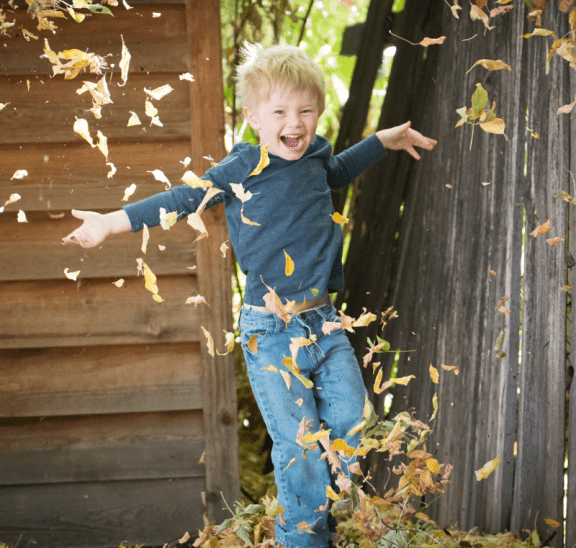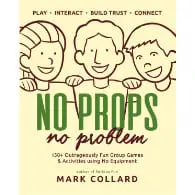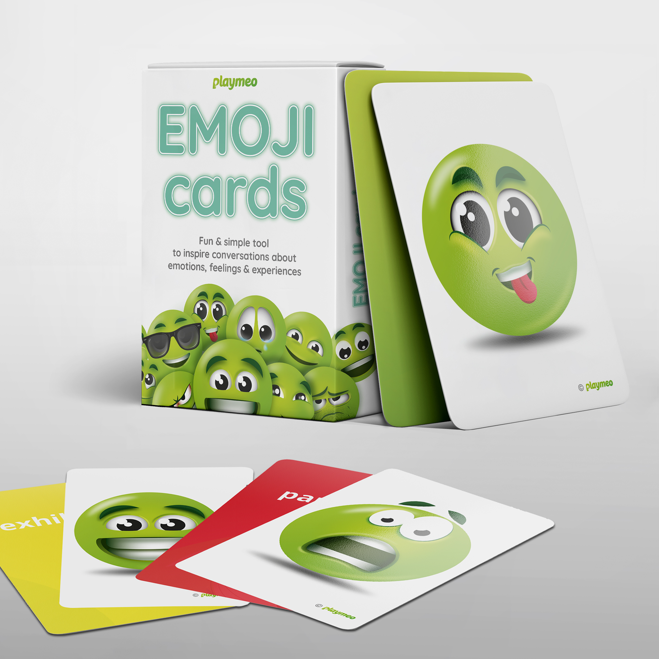Here’s an article that contains some useful and practical leadership advice about the value of play in our programs… it was first posted on the River House Outdoor Program blog.
In a few words, the advice suggests that integrating fun and play into your programs opens up the possibility that you might learn something.
- Start with the group as it is, considering the age range, clothing, available play area, and their psychological readiness to interact with each other and go on from there.
- Aim for games where everyone is involved. Standing around idle is an opportunity for shoving, etc. And nobody likes to be “eliminated” from play for a long period of time and have to just stand around watching.
- Be very open and welcoming to everyone, even a bit silly, modelling the style of play you want to encourage. Assure them with words and gestures that each game will be fun. Dress up the games with names promising fun, add appropriate “pretend” elements, and develop the group’s ability to play together.
- Whatever the situation, begin with simple games, easily explained, with simple equipment that provides easy access and that have few rules, that will end quickly so the transition can be made to new games. Make room for new arrivals or latecomers and quickly incorporate them into play. Be ready to shift games as group size changes.
- Form a circle. This is an easy way to establish that everyone is included and allows the group to be able to see you giving instructions. Remove sunglasses when talking to the group and try to position yourself facing the sun so that your participants are not looking into the sun while trying to look at you.
- Begin with a general description of the game including its imagery, objective and if possible a familiar game category. Try to give them choices as to who plays what. Practice any special moves or phrases ahead of time.
- Have a balance of strenuous and lower activity games. Let players stretch their bodies and feelings slowly at first. Try to conclude with an appropriate ‘wind-down’ game as well. Be sensitive to when the players are getting tired and may need a less strenuous game, or even to stop playing.
- Be very safety conscious, and give clear safety instructions to the participants. Make it clear that the objective is a good time for everyone. Use “Bumpers Up” where appropriate. Stress the use of strategy and teamwork. Avoid rough contact games.
- Work towards building trusting relationships between players. Balance individual expression with group awareness and community sharing. Play down aggressive competition, stress cooperation.
- Keep your sense of humour. As the Referee-leader, don’t take yourself too seriously. One outburst of anger can turn everybody off. Encourage and keep alive the make-believe imagery of the games. Play with them as much as practical and possible. Ideal situations are those where the children take over the leadership of the play.
- Try to keep teams evenly matched – Some kids will always try to stay together, boys and girls will tend to separate from each other, some will need some “nudging” to get them involved, hopefully, most will show some enthusiasm once you get started. Expect some resistance, be enthusiastic! Have some “Divider Games” in your tool-kit.
Have a signal for “everyone refocus and pay attention” such as everyone raising the ‘one-way’ sign. Learn some effective Attention Getter activities. - Be prepared to modify the game to maintain or create a balance in the level of challenge. Keep the game from being too goal-oriented. Give everyone equal opportunity to play different roles, and don’t allow certain people to dominate. Adjust the challenge, simplify or complicate moves, in order to adjust the speed of the game, its and the ease of achieving its goal. You want everyone to have as an opportunity to enjoy participation in the game.
- Be flexible – If a game isn’t working, adapt the game or do something else.
- End the game or change to a different game at the height of FUN. As a facilitator, you need to be aware of the group’s energy and interest level. Ending a game when everyone is having a good time will keep the energy of the group up and the individuals engaged to listen to what’s next. Don’t play a game and wait for everyone to be tired or bored in order for you to introduce the new activity. For some groups, you’ve already lost them.













Original post December 2012, last updated February 2020.